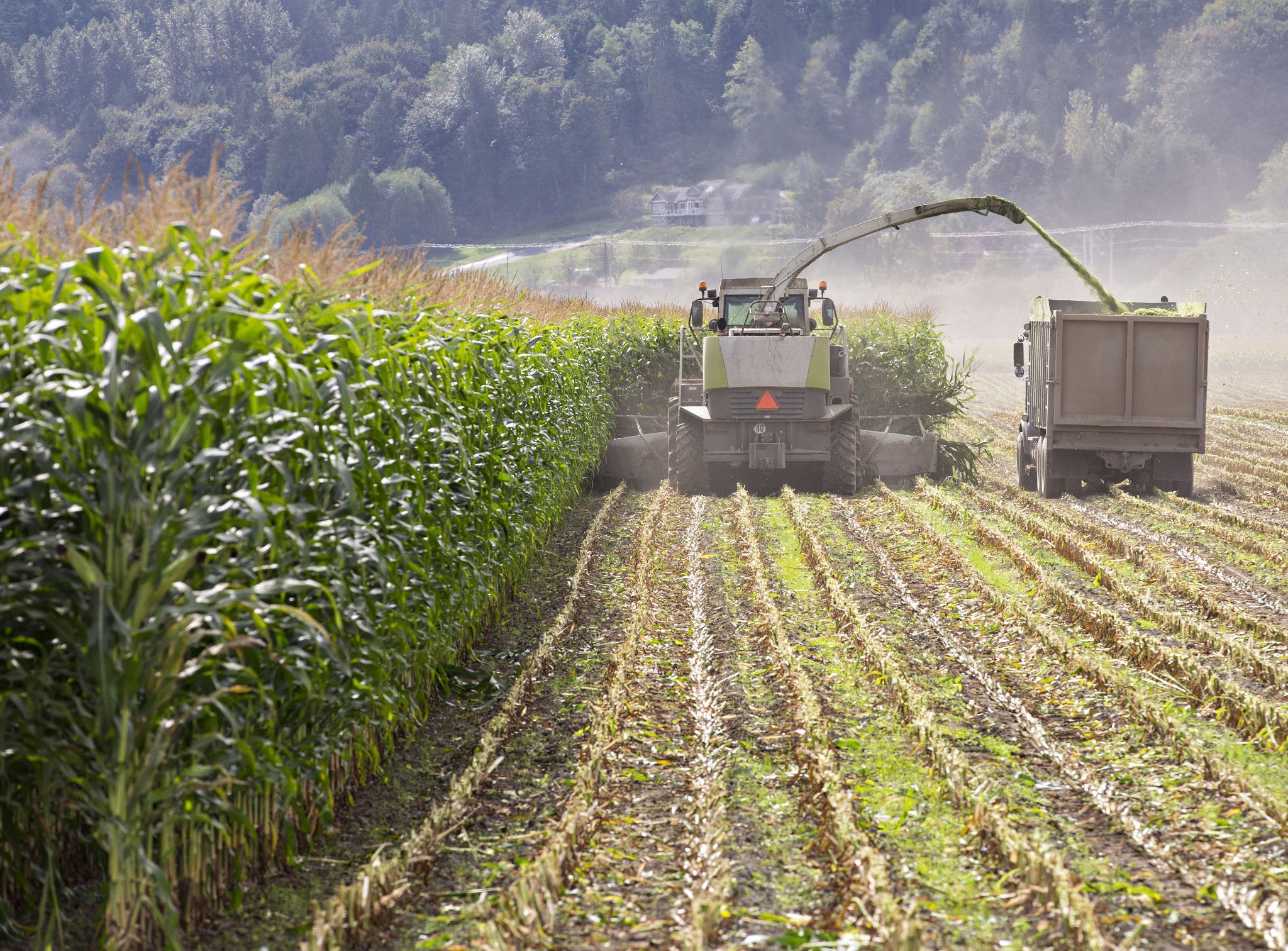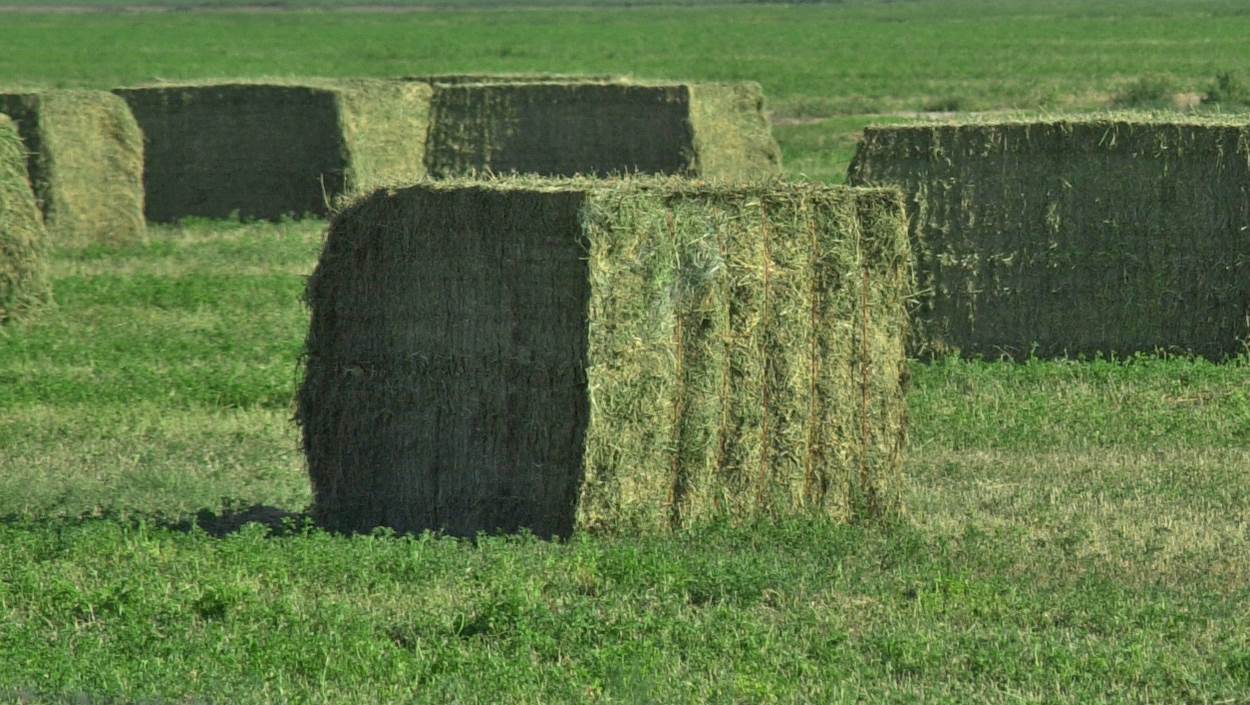Individually wrapped, high-moisture alfalfa bales, often simply called baleage, has been around for a long time. The ability to cut hay in the morning and store the hay in a tightly wrapped package before rain reduces the forage quality is extremely appealing. Not only does baleage offer risk management against weather, the increased palatability of baleage also results in less waste compared to dry hay especially when fed in round bale feeders.
You are viewing United States
- United States
- Canada
- Mexico
- South America
- EMENA
- Sub-Saharan Africa
- Russia
- South Asia
- Asia Pacific
- China
- Global
Choose Your Location:
- United States
- Canada
- Mexico
Popular Searches
Silage Resources for Beef Cattle
 3 Tips for Harvesting and Storing Frost-Damaged Silage
3 Tips for Harvesting and Storing Frost-Damaged Silage
Late corn planting this year will naturally increase the risk of frost damage before producers can harvest corn silage. Furthermore, recent weather forecasts favor an early fall. It is an ideal time to review how to handle frost-damaged corn silage.
The steps to making high value hay are straightforward. We can control most of these steps with the exception of the weather. Long periods of warm, rainy weather in the spring can be problematic, causing the alfalfa to mature beyond the ideal bud stage. It’s also a challenge in the Midwest and Northeast regions to bring in the first cutting without early season rain damaging hay while lying in the field. However, the other factors are under human control, and if we do the best we can at each phase, we are well on the way to making high value hay.
Have a Question?
If you have a question about our products or services, or just want more information, fill out the form below and someone on our team will be in contact with you.
- California Residents
- California Supply Chain Act
- Canada Forced Labor and Child Labor Report
- Email Disclaimer
- GDPR Personal Data Addendum
- General Terms & Conditions for Vendors
- Global Environmental Policy Statement
- Indirect Cost Estimates
- Kemin Terms & Conditions
- Modern Slavery Act Transparency Statement
- Privacy Policy
- Sitemap
- Change Cookie Consent
- Animal Welfare Statement
© Kemin Industries, Inc. and its group of companies All rights reserved. ® ™ Trademarks of Kemin Industries, Inc., USA
Certain statements may not be applicable in all geographical regions. Product labeling and associated claims may differ based upon government requirements.
Thank you for visiting Kemin.com.
Your questions and feedback are important to us. Let us know how we can help you learn more about Kemin, our products, our services or our website.
Interested in starting a career with Kemin?


